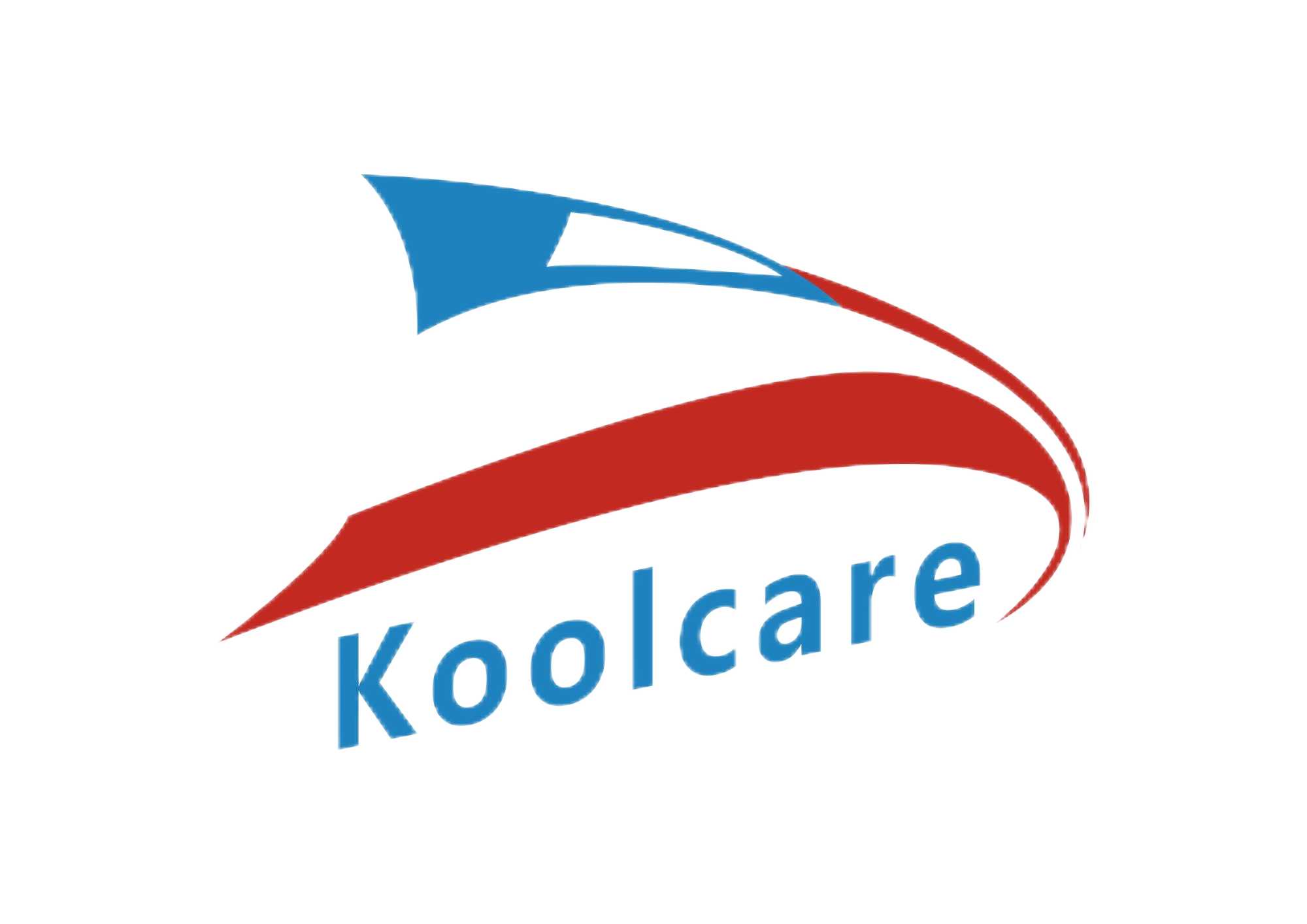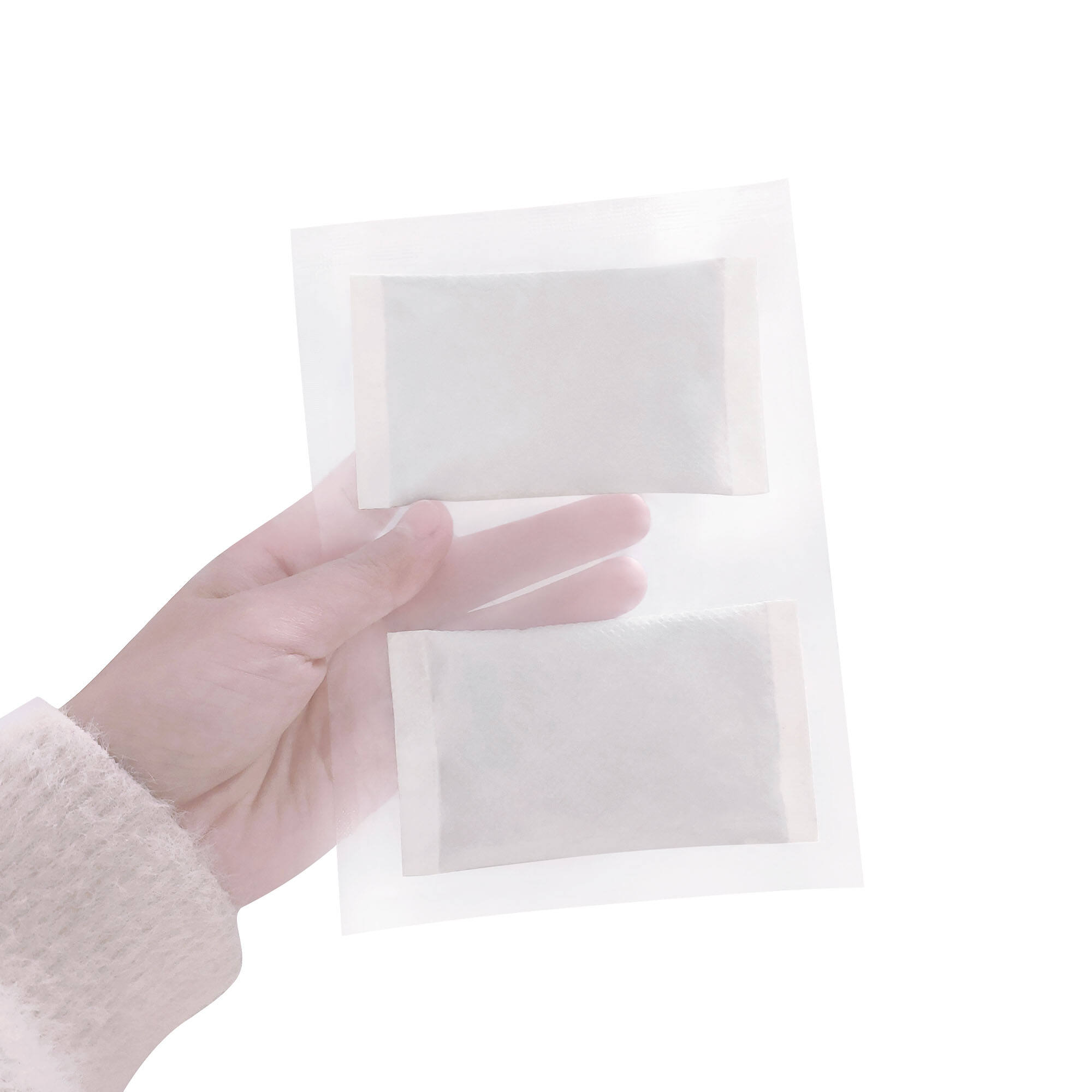Understanding Modern Cold Therapy Solutions
Cold therapy has evolved significantly from the days of simple ice bags, offering a diverse range of cold packs designed to meet specific therapeutic and practical needs. Today's market features innovative cold packs that combine advanced materials, ergonomic designs, and varying application methods to deliver effective cooling relief for different situations and conditions.
Traditional Disposable Cold Packs
Instant Chemical Cold Packs
Instant chemical cold packs represent one of the most widely recognized solutions in emergency and temporary cold therapy. These single-use cold packs contain separate compartments of water and ammonium nitrate, which create an endothermic reaction when mixed. The resulting cooling effect typically lasts between 15 to 30 minutes, making them ideal for immediate injury response, sports events, and first aid kits.
These cold packs offer unmatched convenience since they don't require pre-freezing or refrigeration. They're particularly valuable in situations where access to freezers isn't available, such as outdoor activities, traveling, or workplace environments. However, their single-use nature makes them less environmentally friendly and potentially more expensive over time.
Gel-Based Disposable Solutions
Disposable gel-based cold packs provide another portable option, typically featuring specialized gel formulations that maintain flexibility even when frozen. These packs often come in various sizes and shapes, allowing for better anatomical conformity. The gel composition usually delivers a more gradual and controlled cooling effect compared to chemical packs.
While these also fall into the single-use category, some variants can be reused a limited number of times before disposal. The gel's thermal properties often result in longer-lasting cold therapy, sometimes extending up to 45 minutes per application.
Reusable Professional Grade Cold Packs
Premium Gel-Based Reusable Options
Professional grade reusable cold packs typically feature high-quality gel formulations designed for hundreds of freeze-thaw cycles. These products often incorporate advanced polymer technologies that maintain optimal flexibility even at low temperatures, allowing for better contact with treatment areas. The superior construction includes reinforced seams and puncture-resistant materials, ensuring longevity and safe application.
These cold packs frequently come with protective covers or sleeves that prevent direct skin contact while maintaining therapeutic effectiveness. The professional-grade options often provide extended cooling periods, sometimes lasting up to an hour or more, making them ideal for post-surgical recovery and chronic condition management.
Specialized Athletic Cold Packs
Athletic cold packs are engineered specifically for sports-related injuries and recovery. These products typically feature anatomical designs that target common injury sites such as knees, shoulders, and ankles. The construction often includes compression elements and adjustable straps for secure positioning during movement.
Many athletic cold packs incorporate dual-technology systems that combine cold therapy with compression, enhancing the therapeutic benefits. These specialized solutions often use quick-freeze gel formulations that can be ready for reuse in shorter freezing times, accommodating the demanding schedules of athletic training and competition.
Innovative Therapeutic Cold Pack Systems
Circulating Cold Therapy Units
Advanced cold therapy systems utilize motorized units that circulate cold water through specialized pads or wraps. These systems provide consistent temperature control and can maintain therapeutic cooling for extended periods, often several hours. The technology allows for precise temperature adjustment and programmable treatment cycles, offering professional-grade cold therapy in home settings.
While these systems represent a higher initial investment, they often prove cost-effective for long-term therapy needs. The ability to maintain consistent temperatures without the need for pack rotation or refreezing makes them particularly valuable for post-operative recovery and chronic condition management.
Smart Temperature-Controlled Solutions
The latest innovations in cold pack technology include smart systems that can monitor and adjust temperatures in real-time. These advanced cold packs may incorporate temperature sensors and bluetooth connectivity to track therapy sessions through smartphone applications. Some systems even provide feedback on optimal application times and temperature levels based on the specific condition being treated.
These smart solutions often include features like preset programs for different therapeutic needs and usage tracking capabilities. While currently representing the premium end of the market, these technologies are increasingly becoming more accessible and may represent the future standard in cold therapy.
Environmental Considerations
Sustainable Cold Pack Options
With growing environmental awareness, manufacturers are developing eco-friendly cold packs using biodegradable materials and recyclable components. These sustainable options often utilize natural gel formulations and environmentally responsible packaging while maintaining therapeutic effectiveness.
Some innovative designs incorporate renewable materials in their construction, such as plant-based gels and recycled fabric covers. These environmentally conscious options help reduce the environmental impact of cold therapy while providing effective treatment solutions.
Energy-Efficient Cooling Solutions
Modern cold pack development includes considerations for energy efficiency in both production and use. Some newer products feature materials that require less energy to freeze while maintaining longer cooling periods. Advanced insulation technologies help extend cold retention times, reducing the frequency of refreezing and overall energy consumption.
Manufacturers are also exploring alternative cooling technologies that minimize environmental impact while maximizing therapeutic benefits. These developments represent an important evolution in making cold therapy more sustainable for long-term use.
Frequently Asked Questions
How Long Should I Apply a Cold Pack for Optimal Results?
For most applications, the recommended duration is 15-20 minutes per session, with at least 2 hours between applications. However, specific conditions may require different durations, and it's important to follow healthcare provider recommendations for your particular situation.
Can Cold Packs Be Too Cold for Safe Use?
Yes, direct application of extremely cold packs can potentially cause skin damage. Always use a protective barrier between the cold pack and your skin, and monitor the treatment area for signs of excessive cooling such as numbness or discoloration.
What's the Typical Lifespan of a Reusable Cold Pack?
Quality reusable cold packs typically last between 1-3 years with proper care and storage. Professional-grade options may last longer, while frequent use or improper handling can shorten the lifespan. Regular inspection for leaks or damage is recommended to ensure safe and effective use.
How Should Cold Packs Be Stored for Maximum Longevity?
Store reusable cold packs flat in the freezer, avoiding sharp objects or extreme temperatures. When not in use, keep them at room temperature in a clean, dry place. Avoid prolonged exposure to direct sunlight or extreme heat, which can degrade the gel or materials.

